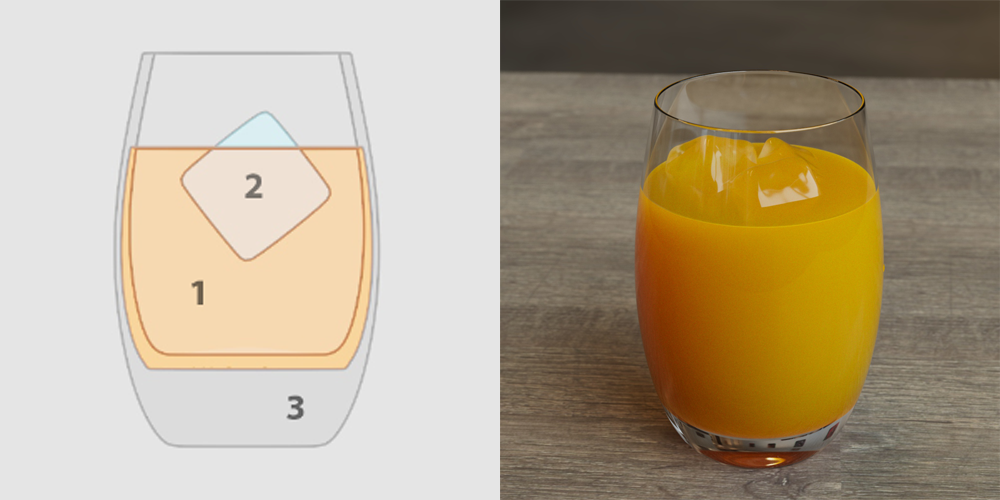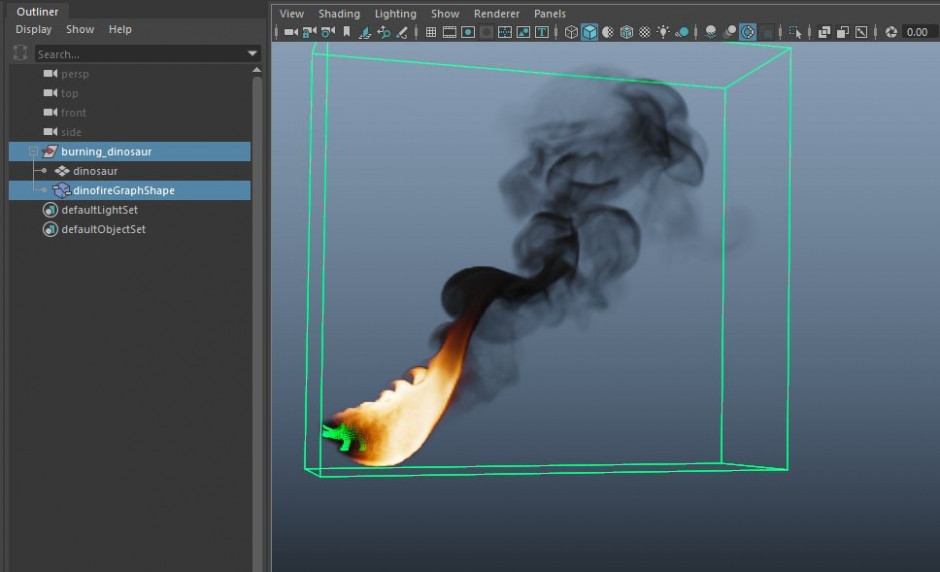Autodesk has announced an important update to Autodesk Maya—Version 2020.4. It includes updates to Bifrost extension, native Motion Library plugin, and Substance plugin. The inclusion of Arnold 6.1 ensures post-processing nodes for creating exposure, color correction, vignetting effects and support for nested dielectrics, a new priority system for overlapping transparent objects. Nestled dielectrics gives the scenes more physically accurate reflections and refractions of rays. This was more realistic renders of scenes can be created, e.g., glass containers with liquid contents and bubbles or ice cubes. In addition to these new features, a lot of issues related to animation, foundation, modeling, rigging, etc., have been fixed. A 30-day free trial for Maya is available here.

The press release follows:
Autodesk has announced the release of Maya 2020.4, marking the biggest update to the Bifrost visual programming environment yet; the new version includes deeper Bifrost integration with Maya; a user experience overhaul; and new scattering, instancing, volumetrics, and FX capabilities that extend proceduralism in Maya beyond FX and across the content creation pipeline. The release also integrates the latest version of Arnold, bringing artists a faster, more creatively engaging rendering experience, as well as updates to the Motion Library and Substance plugins.

Introducing powerful new capabilities in Bifrost
- Maya curve support: Maya curves can now be dragged and dropped directly into Bifrost graphs, where they are converted into Bifrost strands and can be used to build curve-based assets and tools. This update opens the door for artists to use Maya curves to guide procedural generation of roads and fences, as well as the placement and orientation of object scattering
Graph shape nodes: Artists can now view Bifrost graphs as either DG or DAG nodes, that are visible in the outliner. DAG nodes are the new default for Bifrost graphs in Maya. - New fields system: This update introduces user-defined, implicit 3D scalar and vector fields with infinite resolution and low memory overhead. Using fields nodes, artists can now define custom fields to act as dynamic influences on particles, cloth, or aerodynamic simulations – without having to go inside FX compounds to edit them.
- Scatter pack: Higher-level scattering and instancing compounds have been added to the Bifrost toolkit, including a blue noise scattering node and integration with the new fields system.
- Volume improvements: Volume tools now support fully adaptive conversions between meshes and volumes, merging adaptive volumes, and converting between fields and volumes.
- Cloth and thin-shell simulations: Users can now produce more accurate collisions and self-collisions with an updated Material Point Method (MPM) solver.
- Aerodynamic simulations: The Aero solver gains significant performance enhancements, as well as increased capacity for detail refinement and artifact reduction, and new features like texture advection.
- Instantly terminate computation: Quickly escape out of slow running simulations by hitting the ESC key.
A faster, more engaging rendering experience with Arnold 6.1
- New post-processing nodes: Users can now adjust image exposure, color correction, white balance, tone mapping, and vignetting using new post-processing nodes called ‘imagers.’
- Nestled dielectrics: A new priority system for overlapping transparent objects enables artists to create scenes with more physically accurate reflections and refraction of rays. This allows for more realistic renders of scenes such as glass containers with liquid contents and bubbles or ice cubes.
- GPU improvements: The GPU renderer can now partially load textures, providing big savings on both memory consumption and rendering time. Support for light linking and additional light AOV groups, and enhanced OSL JIT compilation performance have also been added.
Plugin updates
- Motion Library in Maya: Updates to the native Motion Library plugin include enhanced character previews with new orbit and zoom functions and a smoother initialization experience.
- Substance plugin: An updated Substance plugin adds Substance Engine 8.0.3 compatibility, Standard Surface support, and improved interoperability with Maya and other Substance programs.
“Artists are being challenged to create ever-more complex visuals, whether for film, TV, or games,” shared Ben Fischler, Industry Strategy Manager, Autodesk. “Maya 2020.4 was designed with artists in mind, offering major updates to Bifrost for Maya and Arnold to help them tackle increasingly complex work while pushing their creative limits. Creating detailed simulations for smoke, fire, snow, explosions and more, or procedurally generated environments, has historically required a high level of expertise, but with the latest updates to Bifrost in Maya 2020.4, artists of all skill levels can take their first steps in visual programming, building powerful simulations and custom tools.”
Additional information about Maya 2020.4 is available here.






